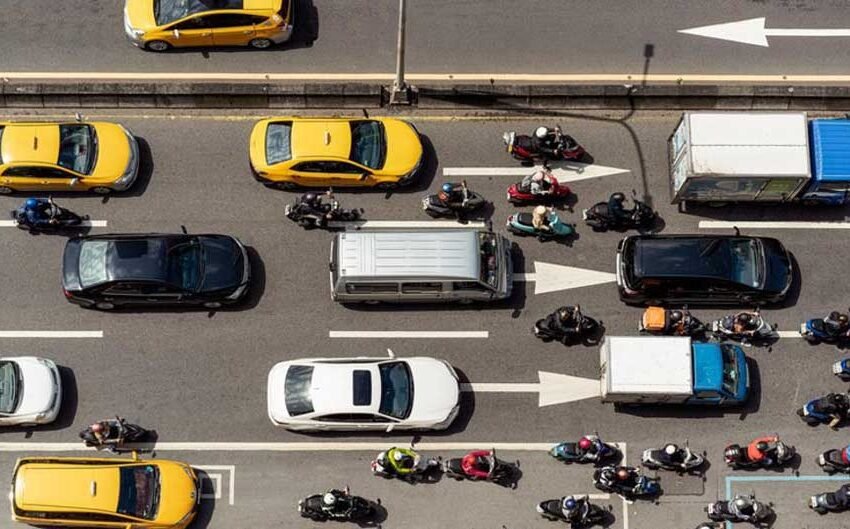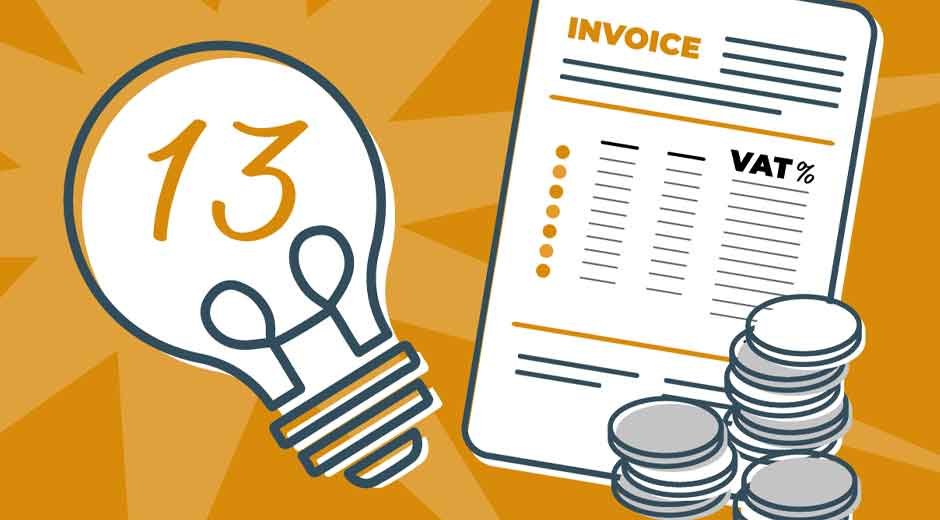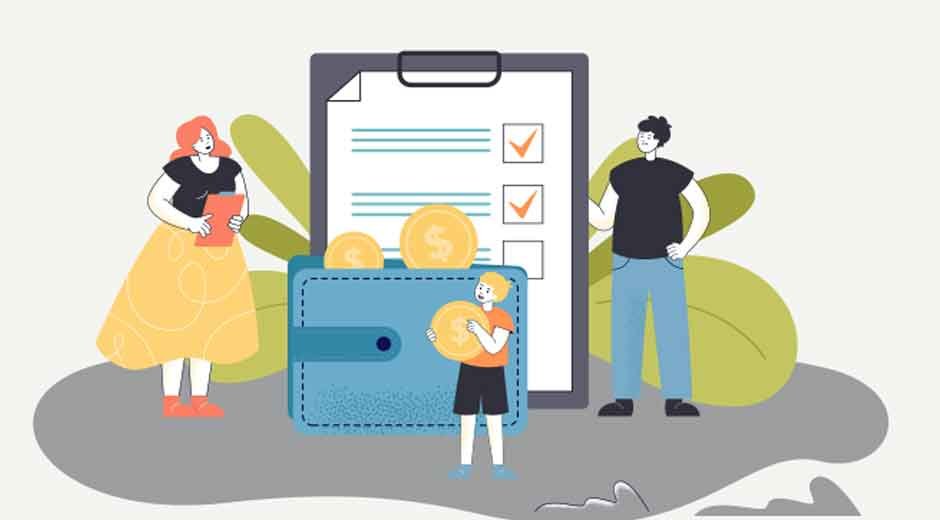Is Lane Splitting Safe? Real Facts vs Common Myths Revealed

Lane splitting safety might surprise you. A groundbreaking UC Berkeley study revealed that riders can be safer in certain situations. The data shows that lane-splitting riders were less than half as likely to be rear-ended compared to their non-lane-splitting counterparts (2.6% vs. 4.6%). These riders also had fewer head injuries (9% vs. 17%).
The numbers look promising, yet public opinion tells a different story. Research reveals that 61% of California’s non-motorcyclists don’t approve of lane splitting. This creates a gap between what people think and what the safety data shows. The practice remains limited, as all but five states – California, Utah, Arizona, Montana, and Hawaii – still don’t allow it.
This piece dives into the facts about lane splitting safety. You’ll learn about state laws and get tips that matter if you’re thinking about lane splitting. The information helps both experienced riders and curious observers understand the safe ways to practice it. We’ll show you the right times to do it and how to make smart choices on the road.
Step 1: Know the Law Before You Split
You need to know your area’s legal rules before you think over lane splitting. Laws differ a lot across the United States. Getting these laws wrong could mean big fines or worse – you might be at fault if an accident happens.
Is lane splitting legal in your state?
California remains all but one of these states where lane splitting is explicitly legal. The state made it official in 2016, though riders had been doing it for years before that. Several states now allow “lane filtering” instead – a more limited practice:
- Arizona: Riders can filter lanes only when traffic stops completely, the speed limit stays at 45 mph or less, and motorcyclists keep under 15 mph.
- Utah: Motorcyclists filter between stopped vehicles where speed limits don’t exceed 45 mph and they stay under 15 mph.
- Montana: The law permits lane filtering when motorcyclists travel no faster than 20 mph and traffic moves slower than 10 mph.
- Hawaii: Lane splitting breaks the law, but riders can “shoulder surf” – using road shoulders to pass stopped vehicles.
- Colorado: Lane filtering becomes legal in August 2024 with specific rules: traffic must be stopped and riders must stay under 15 mph.
States like Connecticut, Maryland, Oregon, Texas, and Washington might join this list as they review laws to allow lane splitting or filtering. Laws change faster these days, so check your state’s current rules before riding.
How laws differ between lane splitting and filtering
The difference between splitting and filtering matters because each has its own legal rules. Riders split lanes when they move between moving traffic. Filtering happens between stopped or crawling traffic.
This matters more than you might think – it shapes what riders can legally do. To name just one example, see California’s law that defines lane splitting as “driving a motorcycle between rows of stopped or moving vehicles in the same lane”. Arizona takes a different approach, letting riders filter only when traffic stops completely.
Legal definitions create safety rules too. Utah’s law says filtering riders must stay under 15 mph. Colorado’s rules specify that filtering works only when “vehicles are at a complete stop”.
States prefer filtering over splitting because it’s nowhere near as risky. A study from Berkeley found that lane splitting can be safe if traffic moves slower than 50 mph and riders don’t go more than 15 mph faster than surrounding vehicles.
Local laws should guide your riding choices. Breaking these rules risks more than just tickets – it could affect who’s responsible if crashes happen.
Step 2: Understand the Real Risks and Benefits
Safety aspects of lane splitting deserve a closer look at both potential benefits and risks. Proper lane splitting can be safer than most people think, but riders need to know about specific dangers.
How is lane splitting safer for motorcyclists?
Lane-splitting riders face a lower risk of getting rear-ended compared to non-lane-splitting riders (2.6% vs. 4.6%). This is a big deal as it means that riders are safer in congested traffic where rear-end collisions can be devastating.
The SafeTREC report from UC Berkeley showed that lane-splitting motorcyclists had substantially fewer injuries. Head injuries (9% vs. 17%), torso injuries (19% vs. 29%), and fatal injuries (1.2% vs. 3.0%) were all lower compared to non-lane-splitting riders.
Lane splitting also gives riders vital escape routes in stop-and-go traffic. The AMA points out that “a motorcycle’s narrow width can allow it to pass between lanes of stopped or slow-moving cars… This option can provide an escape route for motorcyclists who would otherwise be trapped or struck from behind”.
Common causes of lane splitting accidents
We noticed these main causes of lane splitting accidents:
- Drivers making sudden lane changes without checking blind spots
- Limited space between vehicles for maneuvering
- Vehicle doors opening into a rider’s path
- Riders focusing less on surrounding hazards while lane-splitting
- Speed differences between motorcycles and surrounding traffic
Lane-splitting riders are more than twice as likely to hit another vehicle from behind compared to non-lane-splitting riders (38% vs. 16%).
When lane splitting becomes unsafe
A French study revealed that motorcyclists who shared lanes were about four times more likely to get injured in traffic crashes than those who didn’t lane-split (Relative Risk 3.94).
Lane splitting becomes dangerous especially when:
- Traffic moves faster than 50 mph
- Riders go more than 15 mph faster than surrounding traffic
- Riders lack experience or training
- Poor weather reduces visibility or traction
- Riding between large vehicles with big blind spots
Riders can make better decisions about lane splitting safety by understanding these factors. They’ll know when it might help and when it might put them at risk.
Step 3: Assess Your Readiness as a Rider
Motorcyclists should think twice before lane splitting, whatever the law says. Your skill level is the most significant factor that determines if you can split lanes safely.
Do you have the experience to split safely?
New riders should stay away from lane splitting. The California Motorcyclist Safety Program makes this clear: “lane splitting should not be performed by inexperienced riders”. Just like other advanced techniques, safe navigation between vehicles needs precise control and good judgment that comes with time.
You might be ready if:
- You know how to handle low-speed maneuvers and U-turns
- Emergency braking comes naturally to you
- You’ve handled heavy traffic regularly for at least a year
- You rarely make mistakes like stalling or using jerky throttle
A California rider shared his experience of following a Highway Patrol officer who waved him to follow during lane splitting. “I rode behind him for about 5 miles,” he said, and traffic politely made room. Notwithstanding that, skilled riders should skip lane splitting if something doesn’t feel right.
How your bike’s size and setup matter
Your motorcycle’s size substantially affects lane splitting safety. Bikes with wide handlebars, fairings, saddlebags, or engine guards leave less room between vehicles. A rider put it well on a motorcycle forum: “If you can’t fit, don’t split”.
Here’s what matters:
- Sportbikes and standard motorcycles usually work better in tight spaces
- Cruisers with wide handlebars and touring bikes with panniers take up more room
- Forward controls might stop you from putting your feet down quickly when needed
In fact, some riders pick narrower motorcycles in part because they work better for lane splitting. “I’m on a Rebel 250 and pretty much fit anywhere. It’s one of my favorite things about that bike”.
Mental focus and situational awareness
Lane splitting just needs exceptional focus. Research from France shows that “lane-filtering carries a nearly four-fold increase in crash risk compared to non-filtering motorcycle travel”.
Sharp situational awareness is essential. Studies show lane-splitting riders must watch for:
- Drivers looking at phones or talking
- Cars changing lanes without signals
- Spaces between cars that tempt drivers to switch lanes
- Car doors opening suddenly
Research points out that lane-splitting riders experienced “a shrinking of perceptual view that reduced their awareness of vehicles” around them. Your mental state matters – skip lane splitting if you’re tired, stressed, or can’t stay focused completely.
Step 4: Ride Smart and Respectfully
Skilled riders with legal knowledge need respectful lane splitting techniques to ensure safe passage. Let’s look at how you can do this safely and keep good relationships with other drivers on the road.
Best practices for safe lane splitting
Smart lane splitting depends on your speed, position, and timing decisions:
- Keep your speed at 10 mph faster than surrounding traffic – studies show this speed gap gives skilled riders enough time to spot and react to most dangers
- Your speed should not exceed 30 mph – this is a big deal as it means that crashes become much more severe at higher speeds
- Pick the #1 and #2 lanes (furthest left) to split since drivers expect to see motorcyclists there
- Watch for lane changes – they pose the biggest risk to lane-splitting riders
- Stay away from freeway entrances/exits and roads you don’t know well
- Look at everything around you: lane size, types of vehicles, and road conditions before you split lanes
These guidelines help you stay safe while getting the most out of lane splitting benefits.
How to reduce conflict with drivers
The numbers show that 61% of non-motorcyclists don’t like lane splitting. This reality means you need to be extra courteous:
Quiet pipes make better rides – loud exhausts “startle people and poison the attitude of car drivers toward motorcyclists”. Bright protective gear and daytime high beams help drivers notice you better.
Note that “other vehicles are not required to make space for motorcycles to lane split”. Don’t hang around in blind spots and stay alert for distracted drivers who might move suddenly.
Why rider behavior shapes public opinion
Motorcyclists shape the future of lane splitting laws through their actions. A 2015 study found that 7% of drivers tried to block motorcyclists from lane splitting. Bad experiences create dangerous situations on the road.
Safe and polite lane splitting helps the public understand its benefits. Responsible riders can fix the “empathy imbalance” where drivers misunderstand motorcyclists’ actions and judge them harshly.
One expert said it well: “The successes and failures of those states [with lane filtering laws] will help drive policy for new ones to adopt”. Your actions today will alter the map of lane splitting tomorrow.
Conclusion
Lane splitting offers both safety benefits and risks that largely depend on the rider’s skill, traffic conditions, and execution. Research indicates that riders who split lanes face lower risks of rear-end collisions and severe injuries. These advantages only exist when riders stick to proven safety guidelines.
Safe lane splitting ended up needing three vital elements: a full picture of local laws, extensive riding experience, and steadfast awareness of surroundings. Only a few states allow this practice now. Yet more evidence points to improved rider safety when done right.
Note that your actions as a rider shape both your safety and how the public views lane splitting. You can show that lane splitting belongs as a legitimate riding technique. Ride responsibly at proper speeds, stay courteous, and watch the traffic around you.
Riders who want to split lanes should first become skilled at basic riding techniques. They must also study their local rules carefully. The future of lane splitting laws depends on riders who can prove this technique works safely and respectfully.





